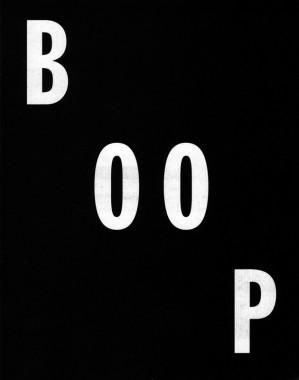
Ray Johnson and Bill Wilson, A Book About A Book About Death
Softcover, 58 pp., offset 1/1, 160 x 200 mm
Edition of 500
ISBN 978-94-90629-01-4
Published by Kunstverein
$15.00 · out of stock
Ray Johnson wrote poetic texts and letters and integrated language and a unique system of cryptic signs into his work. Considered by many the ‘father of Mail Art’, as early as 1953 Johnson began sending highly conceptual images/texts to friends, often encouraging the recipient to ‘add to’ the work, or ‘please send to’ someone else, or ‘return to Ray Johnson’. Forming the ‘New York Correspondence School’ in 1962, Johnson established an enormous network of participants throughout the world — one that remains active even after his death. Between 1963 and 1965, Ray Johnson printed thirteen pages of his book about death with the Pernet Printing Company, 120 Lexington Avenue at 28th Street. His title, which designated the thirteen unbound pages as a book, is A Book about Death, yet also A Boop about Death and A Boom about Death.
In “A Book About A Book About Death” close friend and author Bill Wilson elaborates on each of the pages of “A Book about Death”.
Art, Bill Wilson, Culture, Distribution, Germaine Kruip, Jaan Evart, Krist Gruijthuijsen, Kunstverein, Marc Hollenstein, Maxine Kopsa, Ray Johnson, Stephen Serrato, The Mondrian Foundation
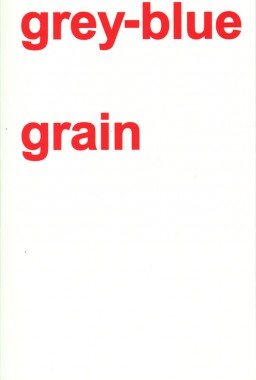
Adam Pendleton, grey-blue grain
Softcover, 80 pp., offset 1/1, 120 x 180 mm
Edition of 250
ISBN 978-94-90629-06-9
Published by Kunstverein
$18.00 · out of stock
Adam Pendleton composes formal templates in which he slots information, shifting language, forms and images into an arena of artistic inquiry. Practicing extreme freedom of reference and quotation, as well as a rejection of conventional hierarchies among sources, Pendleton establishes new referential devices and displays in which he exploits the easy-psychology of biographical readings, rendering language and image both concrete and contingent. grey-blue grain comprises of a series of writings used and appropriated in previous works and performances.
Adam Pendleton, Amiri Baracka, Art, Distribution, Edward Sapir, Hugo Ball, Jaan Evart, Jean-Luc Goddard, Jena Osman, Joan Retallack, Kunstverein, Leroi Jones, Leslie Scalapino, Marc Hollenstein, Ron Silliman, Tan Lin, The Mondrian Foundation
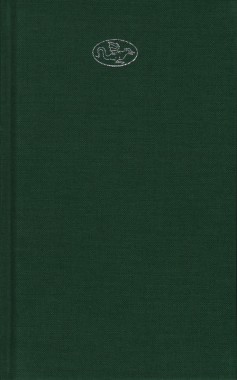
Garamond Press, False Friends
Hardcover, 48 pp., offset 1/1, 115 x 185 mm
English, French, and Dutch
Edition of 500
ISBN 0 978-94-90629-02-1
Published by Kunstverein
$18.00 ·
Antonio Pigafetta’s questionable travelogue from 1591, titled Regnum Congo, was based upon stories from Duarte Lopez, a Portuguese explorer who supposedly visited the Congo. The travelogue introduces an odd vision of European landscape in which fantastic creatures are presented. South-African artist Ruth Sacks re-contextualizes these historical interpretations by re-appropriating them into contemporary conditions, juxtaposing the varied characteristics. Hence the logo of her fictional publishing house, Garamond Press: a fantastic animal based upon a description of one of the possible animals from Regnum Congo. The narrative of the book False Friends derives from the storyline of Edgar Allen Poe’s Murders at the Rue Morgue from 1841, generally agreed to be the first detective story ever written. This contemporary version is set in Antwerp, Belgium, and is split into three languages: Dutch (Flemish), French and English. To follow the story’s plot, one has to be fluent in all three languages.
Anne Millar, Antonio Pigafetta, Art, Design, Distribution, Duarte Lopez, Edgar Allen Poe, Fiction, Garamond Press, Jaan Evart, Kunstverein, Marc Hollenstein, Ruth Sacks, Stephen Serrato
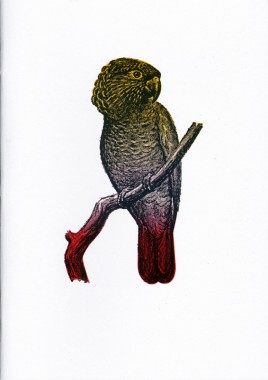
Ginger&Piss 2, Gay
Softcover, 32 pp., offset 1/1, 140 x 200 mm
Edition of 200
ISBN 978-94-90629-03-8
Published by Kunstverein
$21.00 ·
Ginger&Piss is a cross between an academic journal and a darts club newsletter. The journal (falsely quoting Lawrence Weiner) is published twice yearly, and starts off in a limited run. Each issue contains a maximum of 5 or 6 contributions, of any length necessary.
The idea behind Ginger&Piss is to offer an outlet for authors to say what they feel is vital (and not necessarily at all related to the art world). The concept dictates that each contributor writes under a pseudonym. We–the editors–guarantee full privacy. We see the use of pseudonyms as an answer to the cowardice of the art world, be it a somewhat hypocritical answer. By allowing a platform to exist for candid critique but at the same time by still letting the author hide behind a pseudonym, we recognize our own cowardice. In fact, Ginger&Piss fully embraces its somewhat misleading bravery, but we think it makes sense for now, for the current cultural climate.
Gay is the “subject” of the second issue of Ginger&Piss and continues the magazine’s flirtation with all-purpose (non) themes. As a verb and as an expression (and maybe even a curse) Gay may appear less one-dimensional than Loud (Ginger&Piss’ first theme. Flamboyantly exhibited as internal swagger and compulsive paranoia, the articles in this issue continue Ginger&Piss’ journey towards immaculate speculation.
Álvaro Coelho de Athayde II, Art, Coco de Moll, Distribution, Ginger&Piss, Harrison Haymarket, Krist Gruijthuijsen, Kunstverein, Lylah Clare, Marc Hollenstein, Maxine Kopsa, Meredith Morris, R. J. Vanderhorst, T. Gidley, The Mondrian Foundation
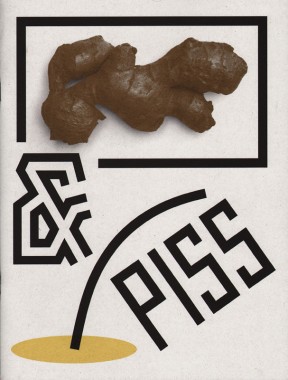
Ginger&Piss 1, Loud
Softcover, 22 pp., offset 4/1, 210 x 275 mm
Edition of 200
ISBN 978-94-90629-03-8
Published by Kunstverein
$21.00 ·
Dear Reader,
Ginger&Piss is Kunstverein’s in-house magazine — a cross between an academic journal and a darts club newsletter. Ginger&Piss (the name a misquotation of Lawrence Weiner) is published twice yearly, with the first edition appearing in a short run. Each issue contains a maximum of five or six contributions of varying length, appropriate to the individual subject matter.
The remit of Ginger&Piss is simple: to offer an outlet for authors to say what they feel is vital (and not necessarily at all related to the art world) but were unable, unwilling or too afraid to publish previously. The concept dictates that each contributor writes under a pseudonym. We — the editors — guarantee full anonymity.
Loud is the subject of the first issue and it is a broad — probably far too broad — theme (if a them at all). In fact Quiet might have been more appropriate. But we at Ginger&Piss think a clear, ‘honest’ voice is better suggested by volume than whispering.
— Krist Gruijthuijsen and Maxine Kopsa
Anonymous, Art, Billy Male, Distribution, Elvira Belafonte, G. Alonso Oeuf, Ginger&Piss, Hula Capellinni, Krist Gruijthuijsen, Kunstverein, Marc Hollenstein, Maxine Kopsa, T. Gidley, The Mondrian Foundation




